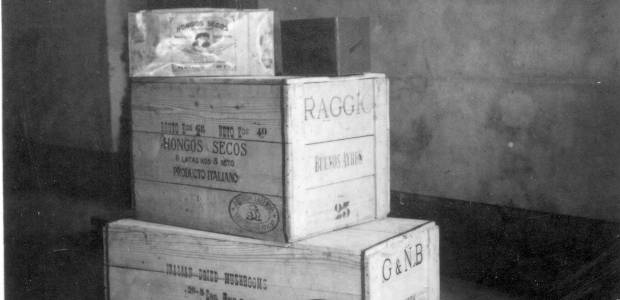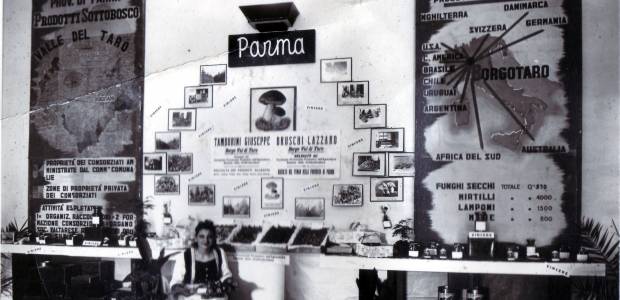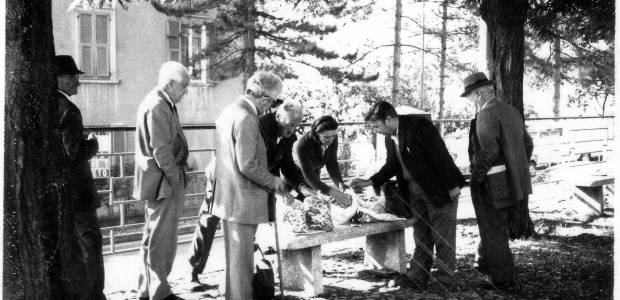Languages
Doc history of the Borgotaro mushroom
The "porcino" of centuries-old fame
The first known attestation appears in the second chapter of the "Istoria di Borgo Val di Taro" written by Alberto Clemente Cassio (1669-1760), canon to the Pontifical and Native Court of Borgotaro which offers a testimony of the trade in the fungus and its appreciation in the other countries: " I am of no tenuous proveccio to women, and campers, who collect and sell them and, seasoned with salt, transmit them to other countries".
Research, harvesting, production and trade have been, for centuries, the mechanisms of a real "local industry", so defined by Tommaso Grilli in 1893, by virtue of the significant amount of mushrooms that both in summer and autumn populated the woods of the area and that involved entire families, to meet an ever-increasing market demand. Cut into slices and made to dry in the sun, they were then sold mostly to the merchants of Tarsogno who transported them to Genoa and from here, on the road, and not only for the whole of Italy.
At the end of the 1800s, following the economic role and prestige that the porcino mushroom had assumed in the domestic and foreign market, two companies began to operate in Borgotaro.
The oldest was colombo calzolari, followed by Bruschi Lazzaro, still in operation.
The work of the two companies consisted in the processing and marketing of the dried product which was exported to both North America and South America. There was a strong need to obtain authorisation for the so-called 'origin mark' and consequently more effective protection of the product, given its intercontinental trade. In the years between the two great wars and until 1950 the production of the porcino mushroom became increasingly important, to the point that the Municipal Administration of Borgotaro since the year 1928 established the location of a market in largo Porta Portello, which was held every day, for the sale of the fresh product, on the return of the collectors from the woods.
It was mostly women who took care of the market, going there with overflowing baskets of mushrooms that they carried on their heads. Every year, still, the woods of the area see enthusiasts and experts, coming from the nearby provinces and cities of the Po Valley, hunting for mushrooms, whose recognition of I.G.P. (Protected Geographical Indication) was obtained in 1993 in Italy and followed, in 1995, by the establishment of the consortium I.G.P. "Fungo di Borgotaro"for the enhancement of the product that most identifies theterritory of the Tuscan-Emilian Apennines.
* I thank the President of the Consortium I.G.P. "Fungo di Borgotaro"Roberto Dellapina for sharing the photographic material and the history of the Borgotaro mushroom







